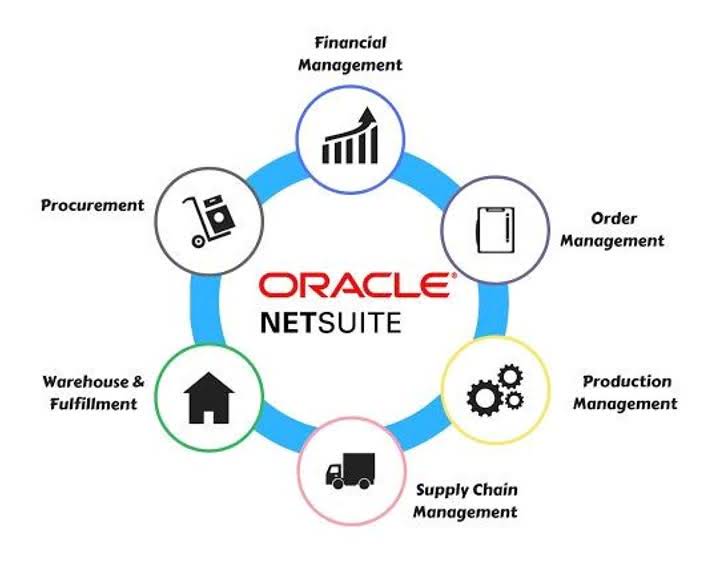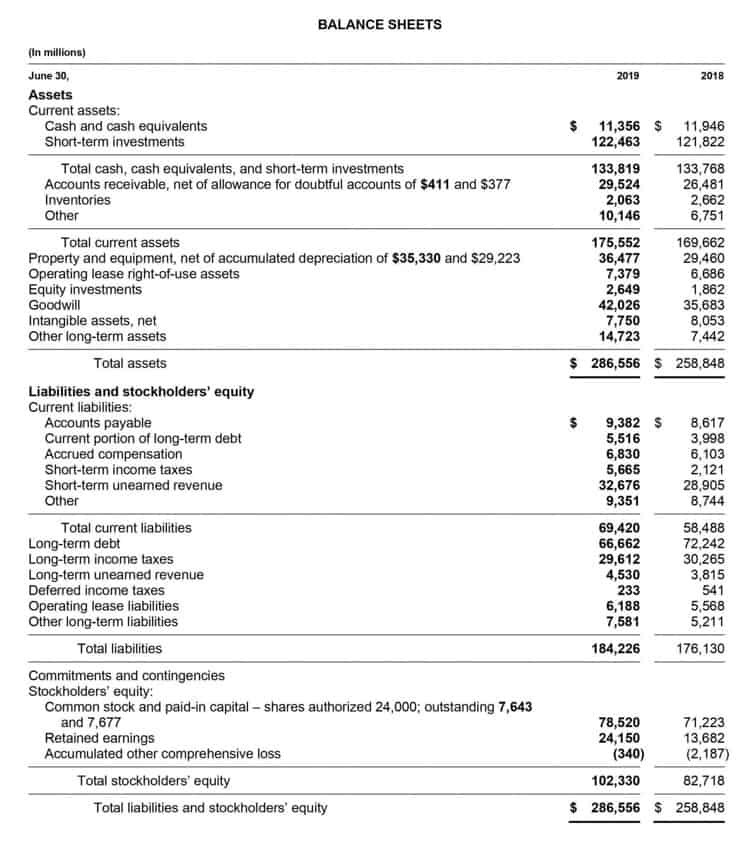
That said, WAC is best used when it’s too complicated to figure out what you paid for each unit in your inventory. Ending inventory is the total value of products available for sale at the end of your designated accounting period (usually a fiscal year). Below you’ll find a breakdown of the retail inventory method formula, in addition to 3 retail valuation methods that can impact this process. The average cost method considers both markups and markdowns in the determination of the cost-to-retail ratio. As a result, the cost-to-retail ratio will be higher than in the conservative method.
ShipBob takes the guesswork out of inventory management
In other words, the retail inventory method determines the cost of goods sold and the value of inventory by using the retail price of goods. The weighted average cost method determines inventory value based on the average cost of purchased goods that are available for sale. This is often used when retailers have trouble assigning a specific cost to an individual unit. As you move through the retail accounting cycle, there are three financial statements you’ll want to look at — income statement, balance sheet, and cash flow statement. These financial statements provide crucial information that will help you make important business decisions. The retail method can make it easier for companies to value their inventory and prepare interim financial statements.

Tax management
But constant markups and markdowns make it hard to know what you paid for each unit. The periodic method of tracking your inventory can be less convenient and more labor-intensive, but it might retail accounting be preferable if your company can’t afford a fully capable POS system. This inventory-tracking method requires you to manually count and track inventory periodically, such as weekly or monthly.
How to calculate the retail inventory method

Billie Anne is a freelance writer who has also been a bookkeeper since before the turn of the century. She is a QuickBooks Online ProAdvisor, LivePlan Expert Advisor, FreshBooks Certified Partner and a Mastery Level Certified Profit First Professional. In 2012, she started Pocket Protector Bookkeeping, a virtual bookkeeping and managerial accounting service for small businesses. The central point of this method is estimating the retailer’s ending inventory balances.

Managing inventory cost: Your biggest challenge
If 50 apples were originally purchased for $5, and then another 50 apples were purchased (or produced) for a total cost of $7.50, FIFO would assign a price of $5 to the first resold item. After selling 50 apples, the new cost of the fruit will be $7.5, since it’s assumed that the oldest item is sold first. By using FIFO, retailers can streamline the sales process and avoid wastage of items that perish quickly. More specifically, in retail accounting, you’ve got to value all of your inventory at retail value and then subtract your sales to estimate your remaining inventory. This will also help you determine the markup on your items, which can be used to calculate how much inventory you have left after the sale. Its main purpose is to help business owners gauge their company’s performance and needs from month to month.
- “Across the board, what we really like about it is the fact that we’re able to arrange our products and organize our products nicely in Lightspeed,” co-owner Ben Nourse says.
- That way, you can make an informed decision about how to budget and purchase additional inventory, while saving time and labor.
- This method of inventory costing that is commonly used in the retail industry.
- Actual COGS is very difficult to track and calculate, whereas sales is easy.
- Let’s take a closer look at these alternatives to the retail inventory method.
They’re time-consuming and cut into resources that could otherwise be spent on activities directly impacting the business. Businesses must get special permission from the IRS to change accounting methods, including cost-flow assumptions and inventory valuation approaches. They don’t want taxpayers trying to game the system by switching constantly. If you still have to do by-hand counts periodically, what’s the point of using the RIM?

The retail method is different from the other costing methods since it values the inventory based on the retail price instead of the cost to acquire them. This method helps you get an approximate value for your inventory without having to count the inventory often. The retail method works for businesses that mark up their inventory consistently and at the same percentage. The weighted average cost method calculates the average cost of all inventory items. The retail inventory method (RIM) is a formula that estimates your company’s inventory value for a given time period. It’s typically done at the end of an accounting period to get an approximate idea of how much your ending inventory is worth.
- This helps business owners to track the cost of sales (COS), also known as Cost of Goods Sold (COGS).
- If you want to do the accounting yourself, it may be worth looking into accounting software.
- The weighted average cost flow assumption is the least common approach to tracking inventory.
- If you don’t have a standard markup rate, the IRS requires that you track the actual markup percentage for each product.
- It limits your ability to price your products dynamically and strategically to compete in the marketplace.
Skynova has business templates and software products that can help you create and manage custom invoices and do a slew of other bookkeeping. He has a CPA license in the Philippines and a BS in Accountancy graduate at Silliman University. Accounting can be a long and arduous process, especially if you don’t have experience.
This can lead to significant cost savings when it comes to accounting expenses. Remember to use the wholesale price you paid for the inventory, and not the price you’re charging your customers. Physical inventory counts or cycle counts should still be part of your inventory management strategy to ensure your year-end financial statements are correct. The retail inventory method calculates the value of your inventory over time. It measures the cost of your inventory in relation to the retail price of the products and uses the cost-to-retail ratio.

